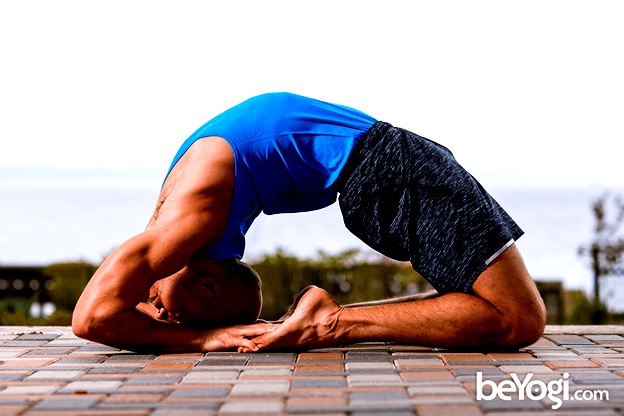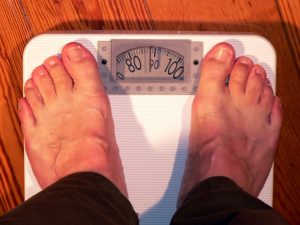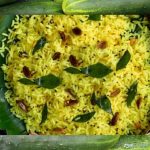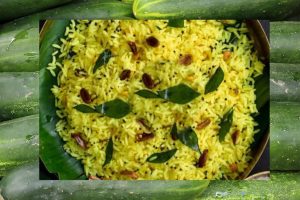
King Pigeon Pose (Kapotasana)
(Full King Pigeon pose (kapotasana) = Yogis are familiar with better known version of king pigeon pose namely eka pada raja kapotasana or one legged king pigeon pose. The variation which is explained below is Full king pigeon pose or kapotasana , which is a super deep back bend, which requires flexibility of the hips, back, and shoulders. With practice comes perfection. Slowly master the pose and do not try to force yourself to do the pose within few practices. Benefits of this pose is helps the hip flexors, thigh muscle, increases spine flexibility, shoulder muscle, abdominal muscle and helps to concentrate on the body. Try this pose under supervision of a yoga instructor – Healthylife.werindia.com ).
- Kapotasana
- (cap-oh-TAHS-anna)
- kapota = pigeon or dove
BENEFITS
• Strengthens the back muscles
• Stretches the pelvic region, abdomen, and chest
• Stretches the hip flexors
• Increases spinal flexibility and tones the spinal region
• Stimulates the abdominal organs
• Massages the heart
ONTRAINDICATIONS
- Knee, neck, or low back injuries
- High blood pressure
- Low blood pressure
- Headache
- Insomnia
HOW TO
1. Begin sitting in Virasana (Hero pose). Lean back and lower your torso to the ground in Supta Virasana (Reclining Hero pose).
2. Reach your arms overhead and bend your elbows. Place your palms on the floor beside your head, fingers pointing toward your feet.
3. Exhale and push into your hands to straighten your arms. Raise your body and head from the floor, arching your spine.
4. Bend your elbows and grasp your toes; then lower your forearms to the ground. Rest your head on the floor.
5. Stay in King Pigeon pose for several breaths. To come out of the pose, release your toes, lift your head slightly, and lower yourself down to Supta Virasana.
MODIFY OR REPLACE
- Urdhva Dhanurasana (Wheel pose)
SEQUENCING TIPS
Before:
• Ustrasana (Camel pose)
• Dhanurasana (Bow pose)
Eka Pada Rajakapotasana (One-Legged King Pigeon pose)
After:
• Supta Virasana (Reclining Hero pose)
• Virasana (Hero pose)
• Balasana (Child’s pose)
TEACHING CUES
• Lengthen your tailbone toward your knees.
• Lift your sternum up.
• Press your shins and forearms into the floor.
VARIATIONS
• Hold onto your heels and rest the crown of your head onto the soles of your feet.
• Practice the pose with your knees touching.
WATCH OUT FOR
• Elbows splayed out to the side
Credit: This article and image is re-produced with permission from https://beyogi.com
Author: HealthyLife | Posted on: June 14, 2016
« Importance of Meditation (Dhyana) Significance of Havan (Homa) »




















Write a comment